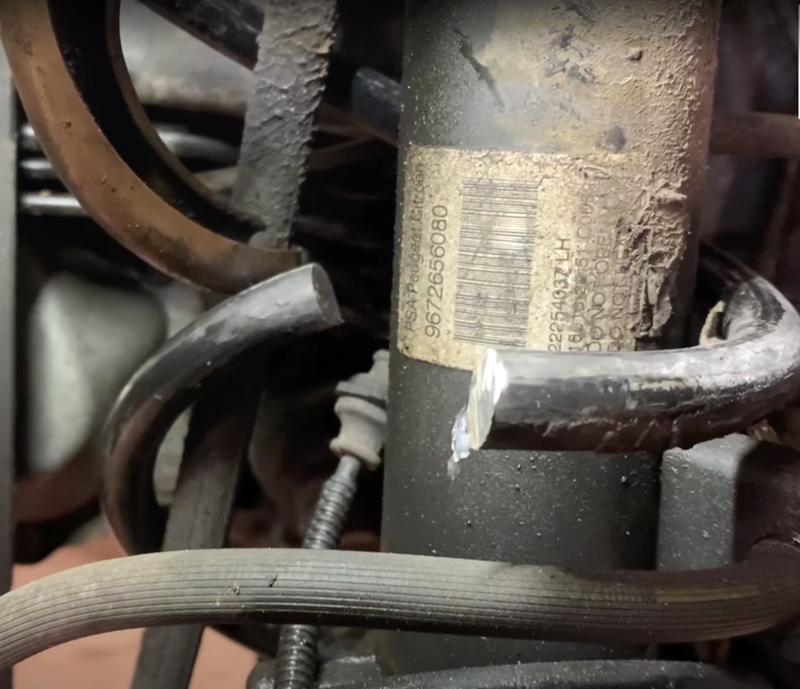Vehicle Coil Springs & Coil Spring Failure
Vehicle Coil Springs
The vehicle coil spring is a helical-shaped spring made of steel that is typically mounted between the vehicle’s chassis and axle or suspension control arm. Coil springs play a crucial role in providing a smoother ride, supporting the weight of the vehicle, and maintaining proper tire contact with the road. It is therefore important to look out for Coil Spring Failure.
When a car encounters bumps, potholes, or uneven road surfaces, the coil spring compresses and expands to absorb the impact, helping to minimize the transfer of vibrations and shocks to the vehicle’s occupants.
Coil springs work in conjunction with other suspension components, such as shock absorbers or struts, to ensure optimal handling, stability, and comfort while driving.
Potential Signs of Coil Spring failure
• Vehicle Sagging: If one or more coil springs break or lose their tension, the affected corner of the vehicle may sag. This can cause an uneven ride height and affect the vehicle’s overall balance.
• Bottoming Out: Bottoming out occurs when the vehicle’s suspension compresses fully, and the chassis or undercarriage comes into contact with the ground. This can be a sign of weakened or broken coil springs.
• Excessive Noise: A broken or damaged coil spring may produce clunking, squeaking, or rattling noises, especially when driving over bumps or uneven surfaces. The noise is often more noticeable during turns or maneuvers.

• Uneven Tire Wear: Coil spring issues can lead to uneven distribution of weight on the tires, resulting in uneven tire wear. Check for differences in tire tread wear patterns, as this may indicate a problem with the suspension.
• Poor Handling and Stability: Broken or weakened coil springs can negatively impact a vehicle’s handling and stability. You may experience increased body roll, reduced control during turns, or a generally less stable ride. • Visible Damage: Physically inspect the coil springs for any signs of damage, such as cracks, fractures, or corrosion. If you notice visible issues, it’s essential to address them promptly.
• Bouncing or Excessive Body Movement:
If you suspect coil spring failure based on these signs, it’s crucial to have your vehicle inspected by a qualified mechanic. They can assess the condition of the suspension system and recommend necessary repairs or replacements to ensure safe and optimal vehicle performance.


